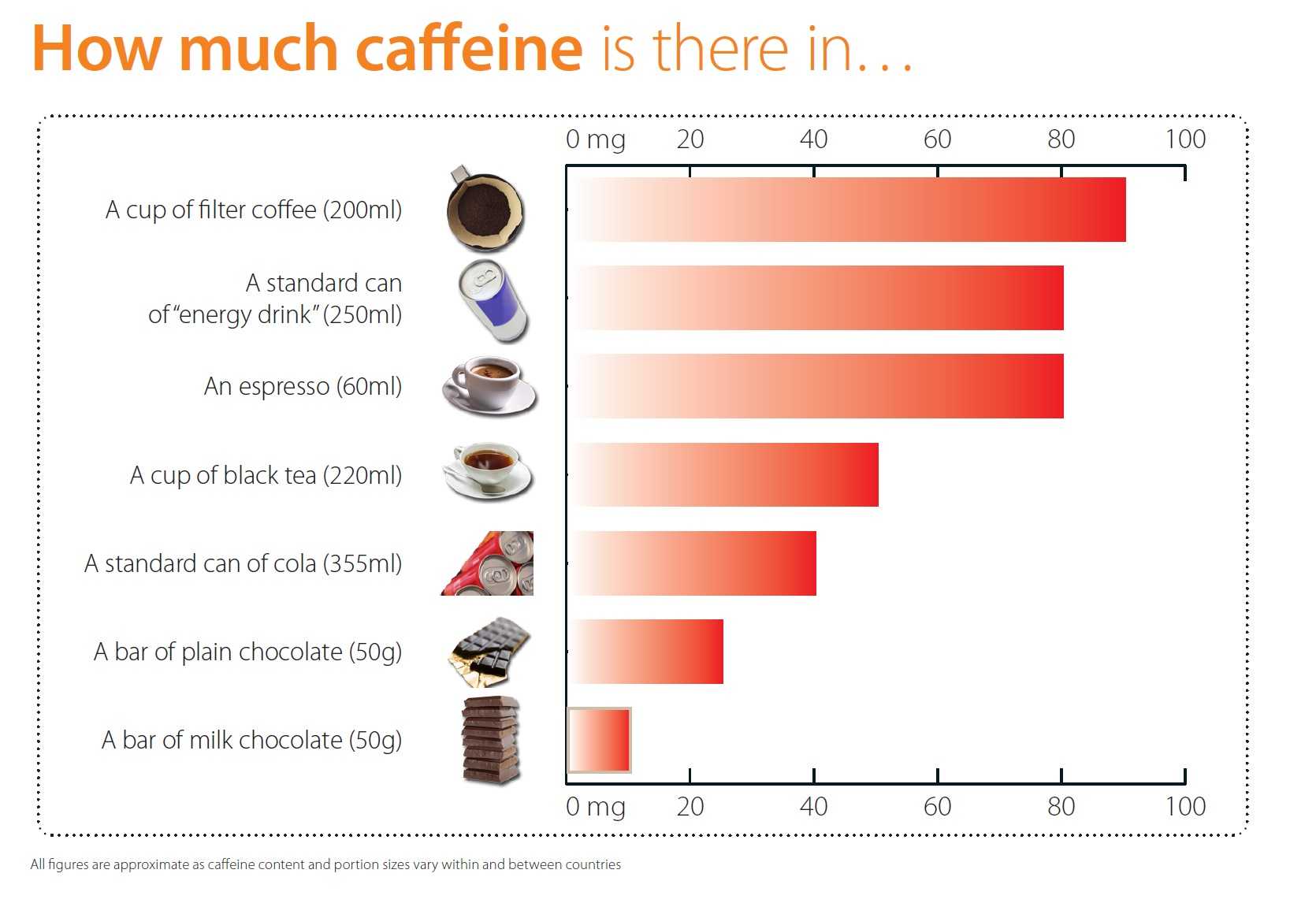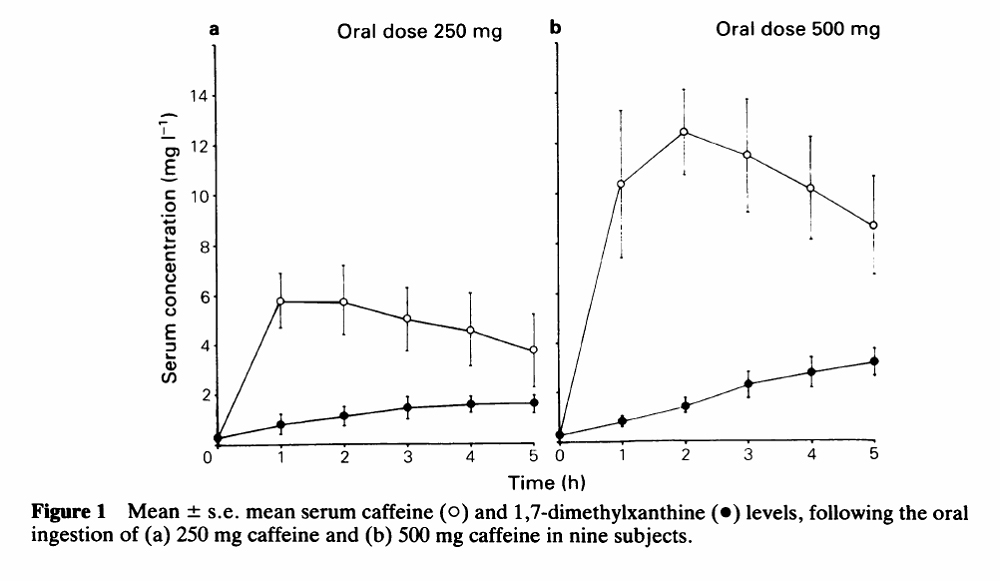
Nutrition and healthy eating: Caffeine content forcoffee, tea, soda, and more.Background: Caffeinated beverages are widely consumed among women of reproductive age, but their association with reproductive hormones, and whether race modifies any such associations, is not well understood. Breastfeedingand maternal caffeine consumption.You can learn more about how we ensure our content is accurate and current by reading our editorial policy. Healthline has strict sourcing guidelines and relies on peer-reviewed studies, academic research institutions, and medical associations. The amount of caffeine in a cup of coffee or tea is affected by many factors, such as the brewing technique, the type of beans or tea leaves, and the way the beans or leaves were processed. For example, you can trade one coffee per day for green tea. You can simply reduce the number of caffeinated products you consume, or you can swap out certain items. The best way to cut out caffeine is to decrease the amount you consume every day. However, if you’re used to consuming large quantities, quitting cold turkey could make your withdrawal symptoms more severe. These symptoms may include:Ĭaffeine withdrawal symptoms tend to resolve within 48 hours. If you’re used to drinking caffeine, you might experience withdrawal if you stop taking it.Īccording to the American Heart Association, you might experience withdrawal symptoms within 12 to 24 hours of your last caffeinated item. The best time to breastfeed your baby would be before consuming a caffeinated beverage or within the first hour of caffeine intake.Īlso, since the half-life of caffeine in breastmilk is about 4 hours, breastfeeding 4 hours after caffeine intake is also recommended. The peak amount is reached at about one hour after you’ve had caffeine. The key to making sure your baby doesn’t experience the effects of caffeine is to plan out your consumption wisely.Īccording to the Australian Breastfeeding Association, your baby can consume about 1 percent of the caffeine you consume if you breastfeed. Although these aren’t considered long-term issues, the symptoms could cause your baby discomfort. Some mothers also notice colic and jitteriness in babies who are exposed to caffeine. They might have sleeping difficulties, and they could become fussy. If you consume other items containing caffeine throughout the day, such as soda or chocolate, you may need to cut back on the coffee and other highly caffeinated items.Ĭonsuming more than 200 mg of caffeine a day could have unintended consequences for your baby.

The March of Dimes recommends limiting caffeine consumption to two cups of coffee per day when you’re breastfeeding. While these effects are no longer relevant after birth, there are still some cautions to consider if you plan on consuming caffeine while you’re breastfeeding.Ĭaffeine can be transferred through breast milk to your baby.

This is due to the risk of miscarriage or birth defects.

So if you’ve consumed 10 milligrams (mg) of caffeine, after 5 hours, you’ll still have 5 mg of caffeine in your body. Half-life is the amount of time it takes for a quantity of a substance to be reduced to half the original amount. According to the American Academy of Sleep Medicine, caffeine’s half-life is up to 5 hours.


 0 kommentar(er)
0 kommentar(er)
